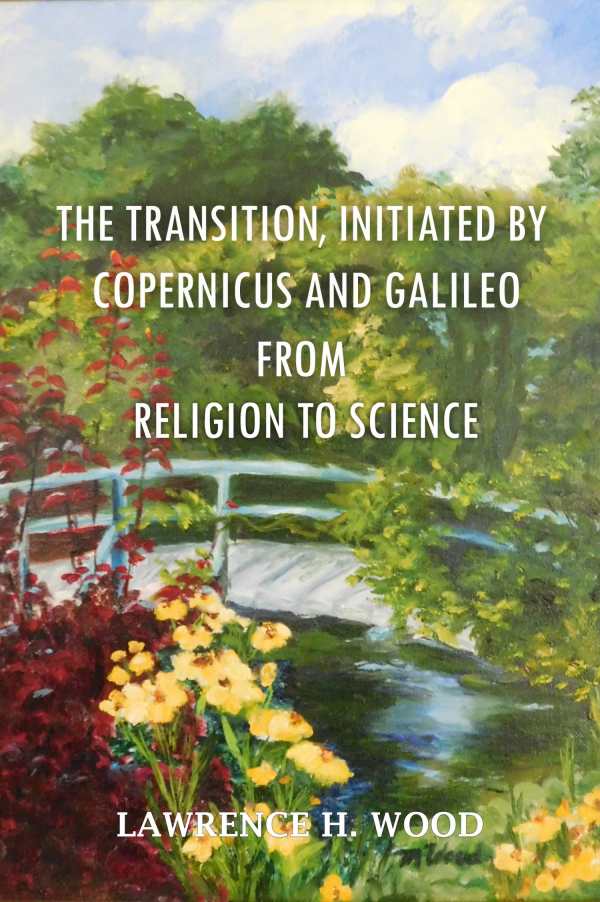
The Transition, Initiated by Copernicus and Galileo, from Religion to Science
The Transition carefully traces the historical interactions between science and religion.
Lawrence H. Wood’s The Transition, Initiated by Copernicus and Galileo, from Religion to Science drily recaps the historical interactions of the two disciplines.
The book applies a wide brush to the study of human history, particularly as it relates to the changing interplay between science and religion. It starts with the first stirrings of life on earth, moves through human evolution, then on to atomic theory; it even goes beyond, exploring celestial mechanics and predictions about the end of life in the universe. This scope emphasizes its notion that human beings are moving toward an ever more scientific understanding of life and the world.
The book argues that religion is no longer the dominant means for understanding the natural world and appeals to audiences with backgrounds in religion who want to understand how the world works more scientifically. Its stated hope is to spark an “understanding revolution,” allowing more people to transition from religious orientations to scientific ones.
Dualistic thinking sometimes characterizes the text, with religion and science portrayed as forever on opposing sides. It is possible to read the history this book presents and see more connections between religion and science than are highlighted. More could also be said about the varieties of religious expression, many of which endorse and advocate scientific understandings.
The book is organized into two sections, the first considering the shift from religion to science, and the second a lengthy list of common religious concerns and objections. Throughout the book, helpful thumbnail sketches of the people, ideas, and methods that allowed for the growth of a collective scientific understanding are included, as are illustrative graphs and charts, equations, and diagrams to explain a wide range of physics, chemistry, and biology. The effect is encyclopedic, if it relies heavily on footnoted Wikipedia articles.
Through its wide-ranging surveys, the book comes to include both too little depth and too much information. It quickly jumps, for example, from a detailed explanation of the chemistry behind DNA to protein manufacturing, all to prove that the earth’s biological world changes and that Genesis is not accurate.
The tone and writing style are scholarly, and its bird’s-eye view of the subject keeps the book moving, but it’s easy to get lost in the text’s specifics. The historical ground covered is interesting but is not enlivened by the text’s own habits. The book plays it too safe, opting for relaying facts over more deeply engaging the material to really explore the tension between science and religion. Not much is presented that feels fresh.
The Transition carefully traces the historical interactions between science and religion.
Reviewed by
Jeremiah Rood
Disclosure: This article is not an endorsement, but a review. The publisher of this book provided free copies of the book and paid a small fee to have their book reviewed by a professional reviewer. Foreword Reviews and Clarion Reviews make no guarantee that the publisher will receive a positive review. Foreword Magazine, Inc. is disclosing this in accordance with the Federal Trade Commission’s 16 CFR, Part 255.
